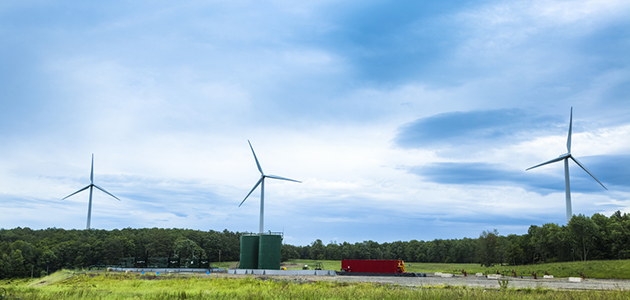Look for Solar, Natural Gas, and Energy Storage to Drive the U.S. Energy Market
Back to Top
Some folks, particularly in political circles, have suggested recent growth in renewable energy is the chief driver behind the coal industry’s disintegration. There is no doubt it’s a contributing factor, but the true enemy of coal, I believe, is natural gas. Here’s why:
The U.S. has an overabundance of natural gas and a strong delivery infrastructure, making natural gas cheap. It’s also much cleaner than coal, oil, or other petroleum-type energies. Natural gas checks off most of the boxes the new consumer wants, which has also helped drive the recent growth in the natural gas market.
In contrast, the coal industry is in a prolonged but steepening downward spiral, driven by less expensive and “greener” alternative energy sources, such as natural gas, solar, and wind. As a result of these factors, SNL Energy data show, 46 coal units with 15,000 MW of combined capacity have received regulatory approval to close over the next 12 years. And that doesn’t include generators that also plan to close coal-fired plants over this time. While there aren’t any hard numbers available, I don’t know of any new coal units slated to open in that same time frame.
The market is recognizing the shift and making changes. The mix of energy generation is already dramatically different. Net generation from coal sources declined by 53 percent between 2006 and September 2016, while electricity generation from natural gas increased by 33 percent and solar by over 5,000 percent—from 508,000 MWh to just over 28,000,000 MWh at utility-scale facilities, according to the Department of Energy’s 2017 “Energy and Employment Report.”
If you want to measure it by jobs creation, jobs in natural gas markets also are running in contrast to those driven by coal. Natural gas generation and fuels in 2016 combined to support 398,235 jobs across the country, with the majority of that employment coming from mining and extraction, followed by utilities and wholesale trade, according to the report. Moreover, the solar workforce increased by 25% from 2015, to 374,000 employees. By comparison, there were just 187,117 electrical generation jobs in the coal, gasoline, and oil industries combined.
While natural gas might be coal’s chief enemy, it’s not the only one. I foresee a future where we’ll see more and more partnerships form between natural gas and solar generation, with battery energy storage serving to bridge the two.
Despite its rapid market growth and rise as a major employer, solar is an intermittent generator. Its power comes and goes with the strength of sun, so it needs backup support. That’s why I foresee a future for much of North America where natural gas, solar, and energy storage plants are built together. They don’t have to be in the same location, but they have to coordinate their output to the grid so you can level out performance.
When the energy from one falls, the other will rise. This could be in the form of cycles, seconds, or you might have 2 hours of battery running at peak times, then the gas plant will run at night. Stored energy in batteries will fill the gaps to ensure power stability.
What are your thoughts on the U.S. future in power generation?